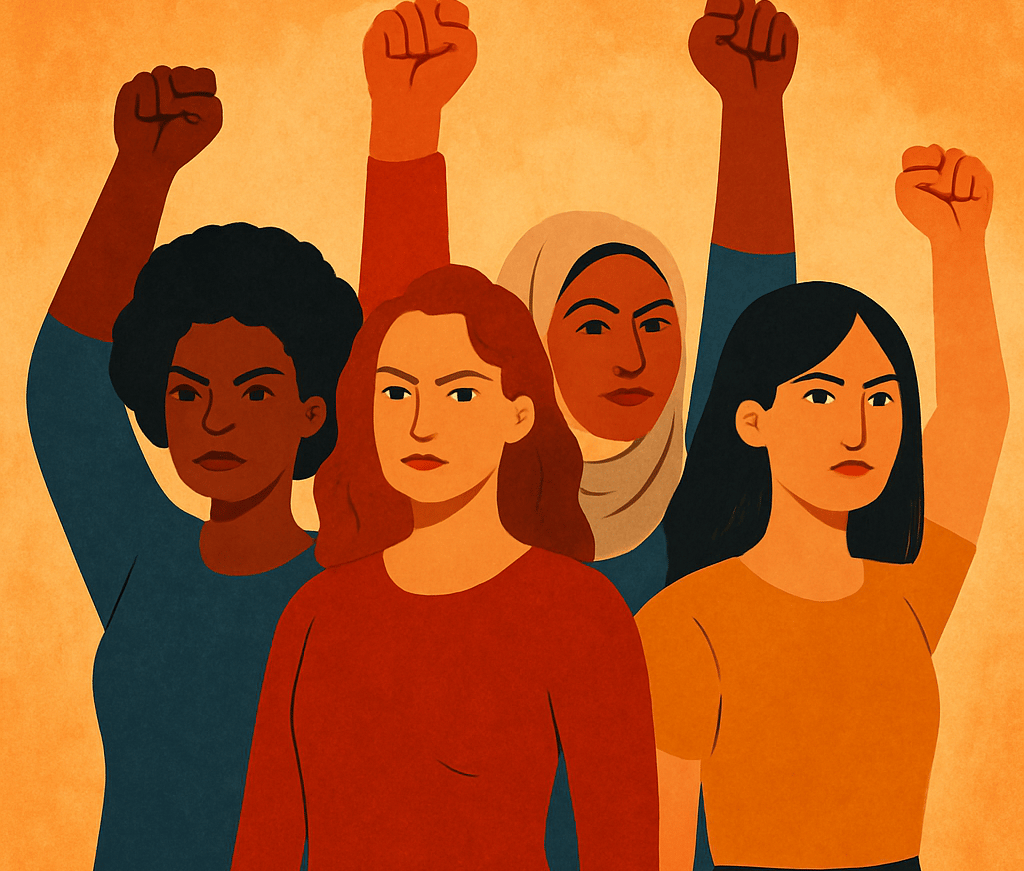the chance you want, The Change you need
Odisha’s Women in Crisis: The Grim Reality Behind Daily Headlines
Debidutta Panda
7/28/20253 min read


Odisha’s Women in Crisis: The Grim Reality Behind Daily Headlines
In the last year, something deeply troubling has been unfolding across Odisha—and it’s no longer just an occasional headline. Crimes against women, especially sexual violence, have reached a level that demands not just outrage, but urgent action.
1. A Rising Tide of Violence
The state recorded over 3,000 rape cases in 2024—an increase of 8% from the previous year. That means, on average, at least 8–10 women are raped every single day. Some opposition leaders claim the real number could be as high as 15 per day. These aren’t just statistics. Behind each number is a daughter, a sister, a mother—someone whose life has been torn apart. More than 28,000 crimes against women were reported in just 11 months.
2. Anger Spills Into the Political Arena
Naturally, this alarming trend has drawn fire from opposition parties. Both the Congress and BJD have lashed out at the government, calling Odisha a “State of Darkness” for its failure to protect women. They’ve demanded a judicial inquiry, reactivation of the Women’s Commission, and complete removal of political pressure from police investigations.
When these demands were ignored in the Assembly, several Congress MLAs staged a protest—and were suspended. That itself speaks volumes about how unwilling those in power seem to be in addressing the issue meaningfully.
3. Real Stories, Real Horror
Recent incidents have shaken the conscience of the state:
• In Malkangiri, two minor girls were raped—one of them was pregnant and delivered a stillborn baby.
• In Puri, during the Raja festival, a young college student was gang-raped by ten men on the beach.
• In Bhubaneswar, an assistant professor’s wife was attacked in broad daylight—thankfully, she managed to escape.
• And in a chilling political twist, the NSUI Odisha president was arrested for allegedly drugging and raping a 19-year-old girl.
These aren’t isolated cases. They are part of a larger, frightening pattern.
4. A War of Words
Former CM Naveen Patnaik has not held back. He slammed the current BJP-led administration, claiming that when police forces work under political influence, women suffer first. He even referenced a U.S. travel advisory that listed Odisha—not for terrorism or natural disasters—but for crimes against women.
That’s how bad the situation looks from the outside.
5. The Government’s Side
In response, the current government has claimed that crimes against women have actually dropped by 4.2% since June 2024. They point to fast-track courts, mandatory medical reports within a week, and mobile apps like “SHAKTI” as steps they’ve taken for women’s safety.
But critics argue that these are just band-aid solutions. Without accountability, institutional change, and real empathy—technology alone can’t protect anyone.
6. Broken Systems, Broken Trust
What’s worse is the deep-rooted failure of institutions. Over 2,700 cases of harassment have been reported on Odisha roads in just four years. The State Women’s Commission is inactive, and countless survivors face delayed justice, intimidation, or are pressured to withdraw complaints.
There are even terrifying reports from women saying that crimes are being filed “under their names” without consent—raising fears of identity misuse, silencing tactics, and severe emotional trauma.
7. What Needs to Happen Next
• Bring Back Trust: Set up independent judicial inquiries and reinstate the State Women’s Commission.
• Let Police Work Freely: Take political pressure off law enforcement and let them do their job.
• Support Survivors, Not Just File Cases: Mental health support, financial aid, and speedy justice must be part of the process.
• Educate and Empower Communities: NGOs, social workers, and students should be roped in to create awareness and vigilance at the grassroots.
Conclusion
Odisha is standing at a crossroads. Either we face this crisis head-on and fix what’s broken—or we look away and let thousands more suffer in silence. This is not just a law and order problem. It’s a question of human dignity, of safety, of justice.
We owe it to every woman in this state to create a future where she can walk, live, and dream freely—without fear.